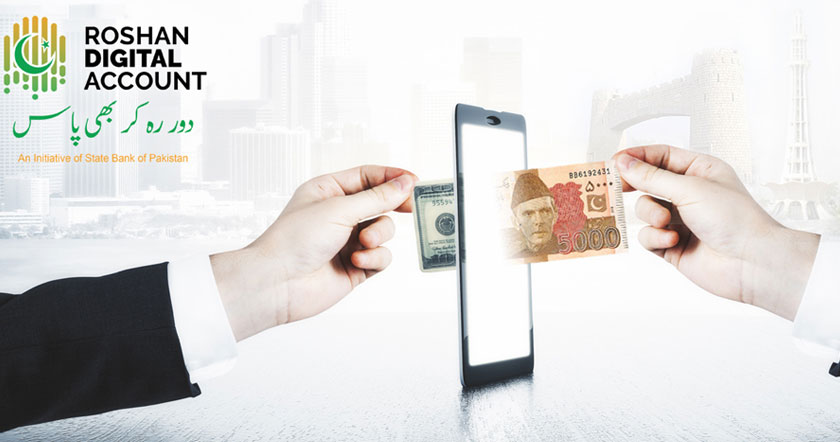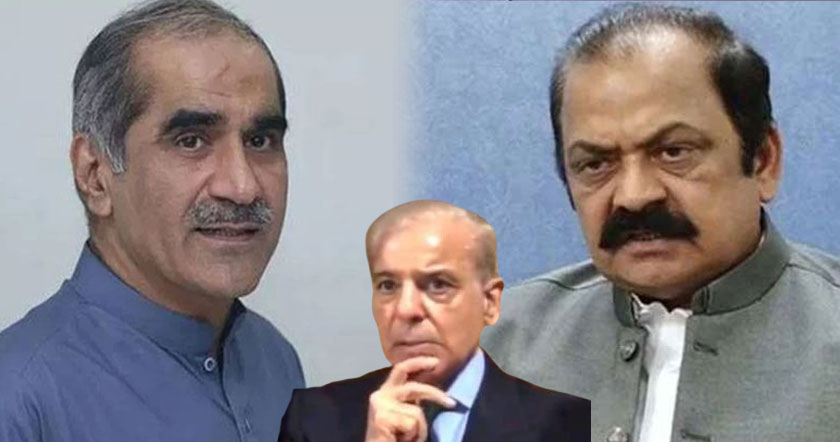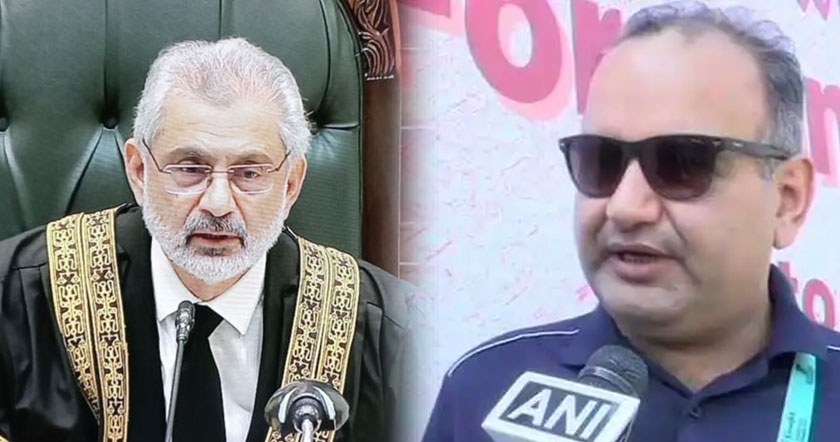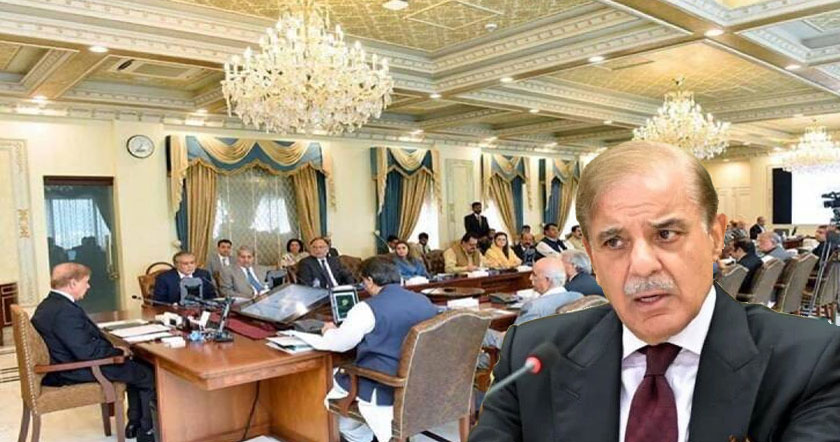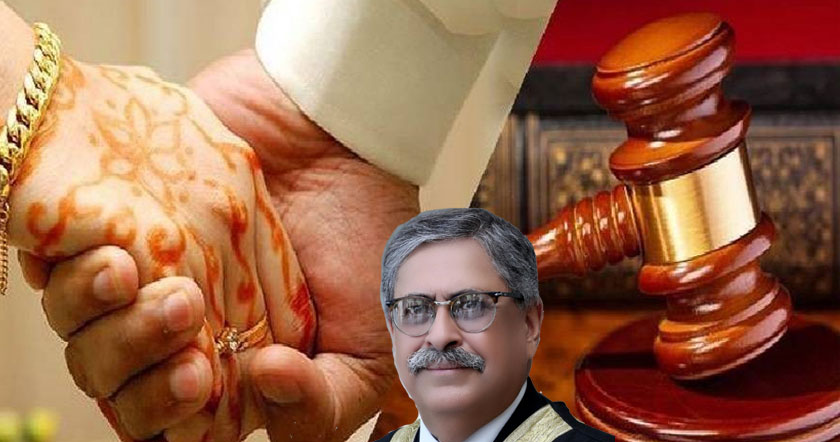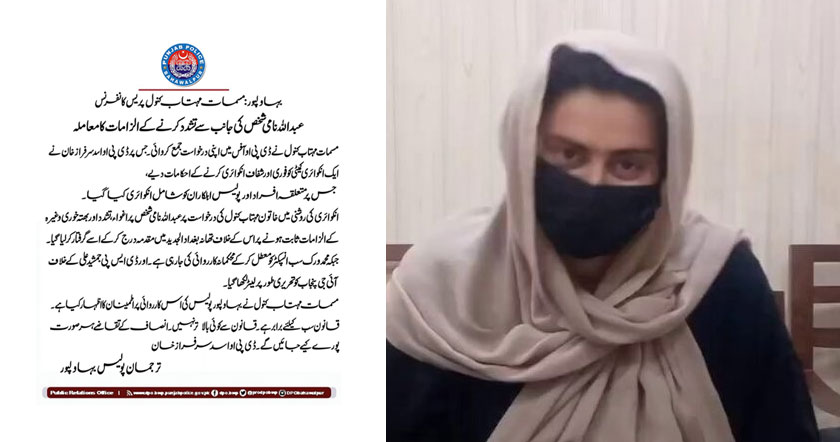Economic mobility across generations, also known as intergenerational mobility (IGM), is a key measure of human progress. It shows that Pakistan is doing relatively well, according to a World Bank sponsored study. The analysis examines whether those born in poverty or in prosperity are destined to remain in the same economic circumstances into which they were born, and looks back over a half a century at whether children’s lives are better or worse than their parents’ in different parts of the world.
Intergenerational Income Mobility Study:
The World Bank study uses a newly created 2018 database—the Global Database of Intergenerational Mobility (GDIM)—that covers more than 95 percent of the global population. Intergenerational income mobility measures how children's incomes compare with their parents' incomes at similar stages of life over a period of 50 years.
The study found that higher intergenerational income mobility is associated with lower income inequality.
More and more Pakistanis are sharing in their nation's development, according to World Economic Forum (WEF). Pakistan ranks 47 among 74 emerging economies ranked for inclusive development by WEF released recently at Davos, Switzerland. Inclusive development in the South Asian country has increased 7.56% over the last 5 years. World Economic Forum assesses inclusive development based on "living standards, environmental sustainability and protection of future generations from further indebtedness."
WEF Inclusive Development Report 2018:
The WEF inclusive development index ranks Pakistan at 47, below Bangladesh at 34 but above India at 62. The 7.56% rate of increase in inclusive development in Pakistan is higher than 4.55% in Bangladesh and 2.29% in India. China ranks 26 and its inclusion is rising at a rate 2.94%.
Pakistan has improved its ranking from 52 last year to 47 this year, while India's rank worsened to 62 this year from 60 last year. China's ranking also worsened from 15 last year to 26 this year.
Another WEF report compiled by Oxfam said the richest 1% of Indians took 73% of the wealth generated last year.
Income Share Change in Asia's Poorest Quintile:
The share of national income of Pakistan's poorest 20% of households has increased from 8.1% to 9.6% since 1990 , according to the United Nations Economic and Social Commission for Asia and Pacific (NESCAP) Statistical Yearbook for 2015. It's the highest share of income for the bottom income quintile in the region.
The countries where people in the poorest income quintile have increased their share of total income include Kyrgyzstan (from 2.5 per cent to 7.7), the Russian Federation (4.4 per cent to 6.5), Kazakhstan (7.5 per cent to 9.5) and Pakistan (8.1 per cent to 9.6). India's bottom income quintile has seen its share of income drop from 9% to 7.8%.
Although more people in China have lifted themselves out of poverty than any other country in the world, the poorest quintile in that country now accounts for a lower percentage of total income (4.7 per cent) than in the early 1990s (8.0 per cent). The same unfortunate trend is observed for a number of other countries, including in Indonesia (from 9.4 per cent to 7.6) and in the Lao People’s Democratic Republic (from 9.3 per cent to 7.6).
CPEC Transforming Least Developed Regions:
Development of China Pakistan Economic Corridor (CPEC) is transforming Pakistan. Among the parts of the contry being transformed the most by CPEC are some of the least developed regions in Balochistan and Sindh, specifically Gwadar and Thar Desert. Here is more on these regions:
Gwadar Port City:
Gwadar is booming. It's being called the next Shenzhen by some and the next Hong Kong by others as an emerging new port city in the region to rival Dubai. Land prices in Gwadar are skyrocketing, according to media reports. Gwadar Airport air traffic growth of 73% was the fastest of all airports in Pakistan where overall air traffic grew by 23% last year, according to Anna Aero publication. A new international airport is now being built in Gwadar to handle soaring passenger and cargo traffic.
In addition to building a major seaport that will eventually handle 300-400 million tons of cargo in a year, China has built a school, sent doctors and pledged about $500 million in grants for an airport, hospital, college and badly-needed water supply infrastructure for Gwadar, according to Reuters.
The Chinese grants include $230 million for a new international airport in Gwadar, one of the largest such disbursements China has made abroad, according to researchers and Pakistani officials.
New development work in Gwadar is expected to create as many as 20,000 jobs for the local population.
Thar Desert:
Thar, one of the least developed regions of Pakistan, is seeing unprecedented development activity in energy and infrastructure projects. New roads, airports and buildings are being built along with coal mines and power plants as part of China-Pakistan Economic Corridor (CPEC). There are construction workers and machinery visible everywhere in the desert. Among the key beneficiaries of this boom are Thari Hindu women who are being employed by Sindh Engro Coal Mining Company (SECMC) as part of the plan to employ locals. Highlighted in recent news reports are two Hindu women in particular: Kiran Sadhwani, an engineer and Gulaban, a truck driver.
Thar Population:
The region has a population of 1.6 million. Most of the residents are cattle herders. Majority of them are Hindus. The area is home to 7 million cows, goats, sheep and camel. It provides more than half of the milk, meat and leather requirement of the province. Many residents live in poverty. They are vulnerable to recurring droughts. About a quarter of them live where the coal mines are being developed, according to a report in The Wire.
Some of them are now being employed in development projects. A recent report talked of an underground coal gasification pilot project near the town of Islamkot where "workers sourced from local communities rested their heads after long-hour shifts".
2012 Intergenerational Mobility Study:
A 2012 study of 22 nations conducted by Prof Miles Corak for the Organization for Economic Cooperation and Development (OECD) has found income heritability to be greater in the United States, the United Kingdom, Italy, China and 5 other countries than in Pakistan.
The study's findings, presented by the author in testimony to the US Senate Finance Committee on July 6, 2012, rely on the computation of "inter-generational earnings elasticity" which the author explains as follows:
"(It) is the percentage difference in earnings in the child’s generation associated with the percentage difference in the parental generation. For example, an intergenerational elasticity in earnings of 0.6 tells us that if one father makes 100% more than another then the son of the high income father will, as an adult, earn 60% more than the son of the relatively lower income father. An elasticity of 0.2 says this 100% difference between the fathers would only lead to a 20% difference between the sons. A lower elasticity means a society with more mobility."
Intergenerational Mobility in Pakistan:
Corak calculates that the intergenerational earnings elasticity in Pakistan is 0.46, the same as in Switzerland. It means that a difference of 100% between the incomes of a rich father and a poor father is reduced to 46% difference between their sons' incomes. Among the 22 countries studied, Peru, China and Brazil have the lowest economic mobility with inter-generational elasticity of 0.67, 0.60 and 0.58 respectively. The highest economic mobility is offered by Denmark (0.15), Norway (0.17) and Finland (0.18).
The author also looked at Gini coefficient of each country and found reasonably good correlation between Gini and intergenerational income elasticity.
In addition to Corak, there are other reports which confirm that Pakistan has continued to offer significant upward economic and social mobility to its citizens over the last two decades. Since 1990, Pakistan's middle class had expanded by 36.5% and India's by only 12.8%, according to an ADB report titled "Asia's Emerging Middle Class: Past, Present And Future".
More evidence of upward mobility is offered by Euromonitor market research indicating that Pakistanis are seeing rising disposable incomes. It says that there were 1.8 million Pakistani households (7.55% of all households) and 7.9 million Indian households (3.61% of all households) in 2009 with disposable incomes of $10,001 or more. This translates into 282% increase (vs 232% in India) from 1995-2009 in households with disposable incomes of $10,001 or more. Consumer spending in Pakistan has increased at a 26 percent average pace the past three years, compared with 7.7 percent for Asia, according to Bloomberg.
Summary:
The latest World Bank Study based on 2018 data shows that Pakistan continues to offer higher intergenerational economic mobility than most of the rest of the world. It reconfirms an earlier 2012 study of 22 nations by Miles Corak. More and more Pakistanis are sharing in their nation's development, according to World Economic Forum (WEF). Pakistan ranks 47 among 74 emerging economies ranked for inclusive development by WEF released recently at Davos, Switzerland. Inclusive development in the South Asian country has increased 7.56% over the last 5 years. World Economic Forum assesses inclusive development based on "living standards, environmental sustainability and protection of future generations from further indebtedness."
http://www.riazhaq.com/2019/11/upward-income-mobility-in-pakistan.html
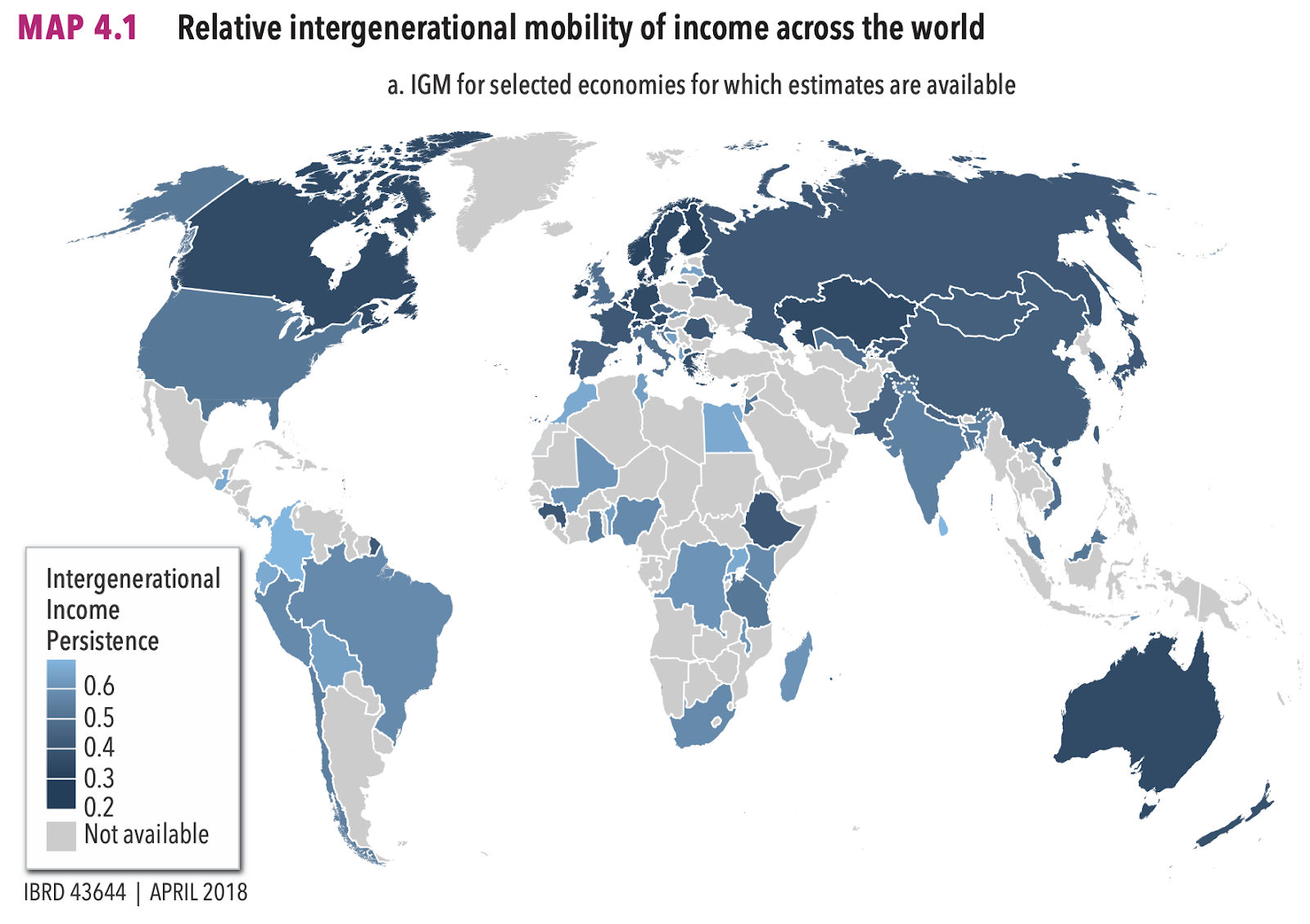
|
| Inter-Generational Income Mobility Map of the World 2018. Source: World Bank |
Intergenerational Income Mobility Study:
The World Bank study uses a newly created 2018 database—the Global Database of Intergenerational Mobility (GDIM)—that covers more than 95 percent of the global population. Intergenerational income mobility measures how children's incomes compare with their parents' incomes at similar stages of life over a period of 50 years.
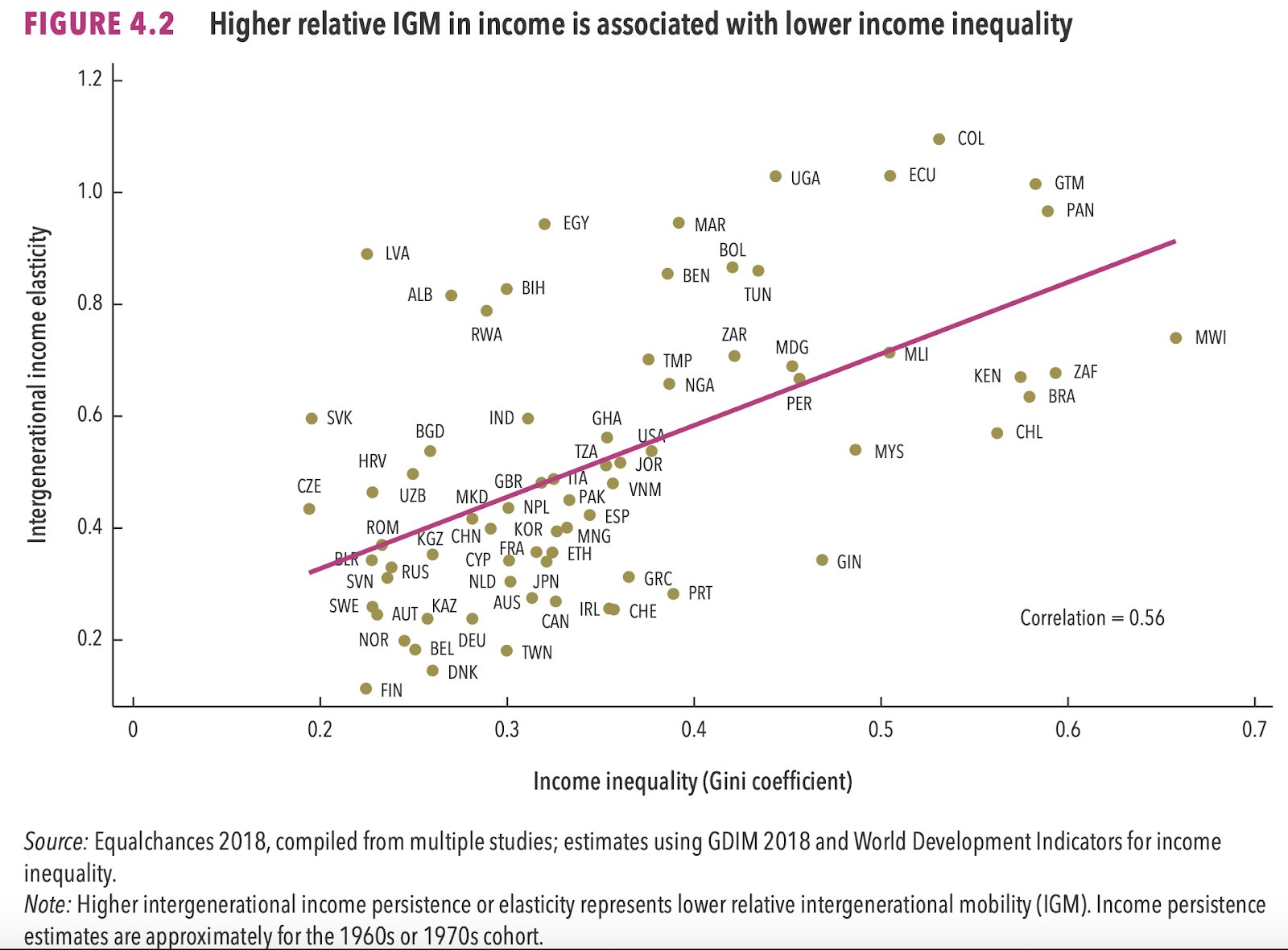
|
| Inter-Generational Income Inequality Scatter Plot of the World 2018. Source: World Bank |
The study found that higher intergenerational income mobility is associated with lower income inequality.
More and more Pakistanis are sharing in their nation's development, according to World Economic Forum (WEF). Pakistan ranks 47 among 74 emerging economies ranked for inclusive development by WEF released recently at Davos, Switzerland. Inclusive development in the South Asian country has increased 7.56% over the last 5 years. World Economic Forum assesses inclusive development based on "living standards, environmental sustainability and protection of future generations from further indebtedness."
WEF Inclusive Development Report 2018:
The WEF inclusive development index ranks Pakistan at 47, below Bangladesh at 34 but above India at 62. The 7.56% rate of increase in inclusive development in Pakistan is higher than 4.55% in Bangladesh and 2.29% in India. China ranks 26 and its inclusion is rising at a rate 2.94%.
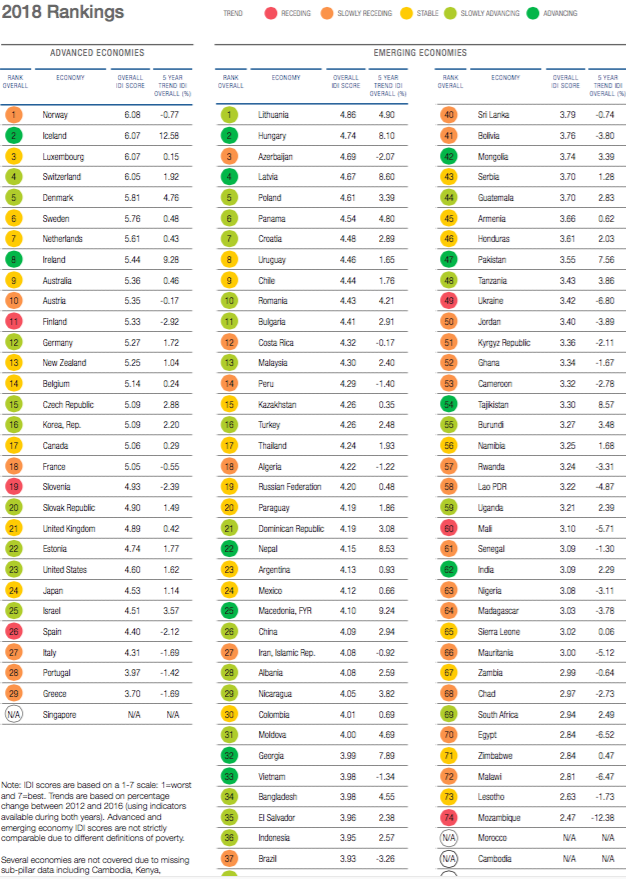
|
| WEF IDI Rankings. Source: WEF |
Pakistan has improved its ranking from 52 last year to 47 this year, while India's rank worsened to 62 this year from 60 last year. China's ranking also worsened from 15 last year to 26 this year.
Another WEF report compiled by Oxfam said the richest 1% of Indians took 73% of the wealth generated last year.
Income Share Change in Asia's Poorest Quintile:
The share of national income of Pakistan's poorest 20% of households has increased from 8.1% to 9.6% since 1990 , according to the United Nations Economic and Social Commission for Asia and Pacific (NESCAP) Statistical Yearbook for 2015. It's the highest share of income for the bottom income quintile in the region.
The countries where people in the poorest income quintile have increased their share of total income include Kyrgyzstan (from 2.5 per cent to 7.7), the Russian Federation (4.4 per cent to 6.5), Kazakhstan (7.5 per cent to 9.5) and Pakistan (8.1 per cent to 9.6). India's bottom income quintile has seen its share of income drop from 9% to 7.8%.
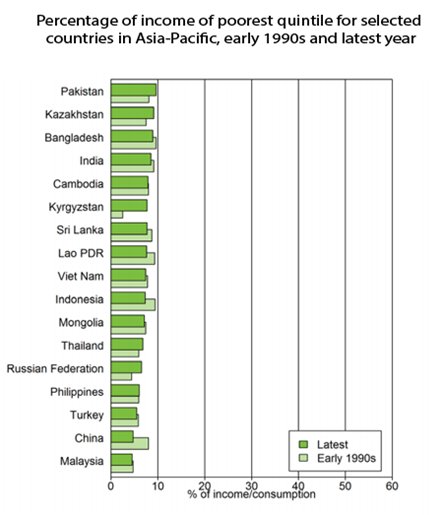
|
| Bottom Quintile Income Share Change. Source: UNESCAP Statistical Yearbook |
Although more people in China have lifted themselves out of poverty than any other country in the world, the poorest quintile in that country now accounts for a lower percentage of total income (4.7 per cent) than in the early 1990s (8.0 per cent). The same unfortunate trend is observed for a number of other countries, including in Indonesia (from 9.4 per cent to 7.6) and in the Lao People’s Democratic Republic (from 9.3 per cent to 7.6).
CPEC Transforming Least Developed Regions:
Development of China Pakistan Economic Corridor (CPEC) is transforming Pakistan. Among the parts of the contry being transformed the most by CPEC are some of the least developed regions in Balochistan and Sindh, specifically Gwadar and Thar Desert. Here is more on these regions:
Gwadar Port City:
Gwadar is booming. It's being called the next Shenzhen by some and the next Hong Kong by others as an emerging new port city in the region to rival Dubai. Land prices in Gwadar are skyrocketing, according to media reports. Gwadar Airport air traffic growth of 73% was the fastest of all airports in Pakistan where overall air traffic grew by 23% last year, according to Anna Aero publication. A new international airport is now being built in Gwadar to handle soaring passenger and cargo traffic.
In addition to building a major seaport that will eventually handle 300-400 million tons of cargo in a year, China has built a school, sent doctors and pledged about $500 million in grants for an airport, hospital, college and badly-needed water supply infrastructure for Gwadar, according to Reuters.
The Chinese grants include $230 million for a new international airport in Gwadar, one of the largest such disbursements China has made abroad, according to researchers and Pakistani officials.
New development work in Gwadar is expected to create as many as 20,000 jobs for the local population.
Thar Desert:
Thar, one of the least developed regions of Pakistan, is seeing unprecedented development activity in energy and infrastructure projects. New roads, airports and buildings are being built along with coal mines and power plants as part of China-Pakistan Economic Corridor (CPEC). There are construction workers and machinery visible everywhere in the desert. Among the key beneficiaries of this boom are Thari Hindu women who are being employed by Sindh Engro Coal Mining Company (SECMC) as part of the plan to employ locals. Highlighted in recent news reports are two Hindu women in particular: Kiran Sadhwani, an engineer and Gulaban, a truck driver.
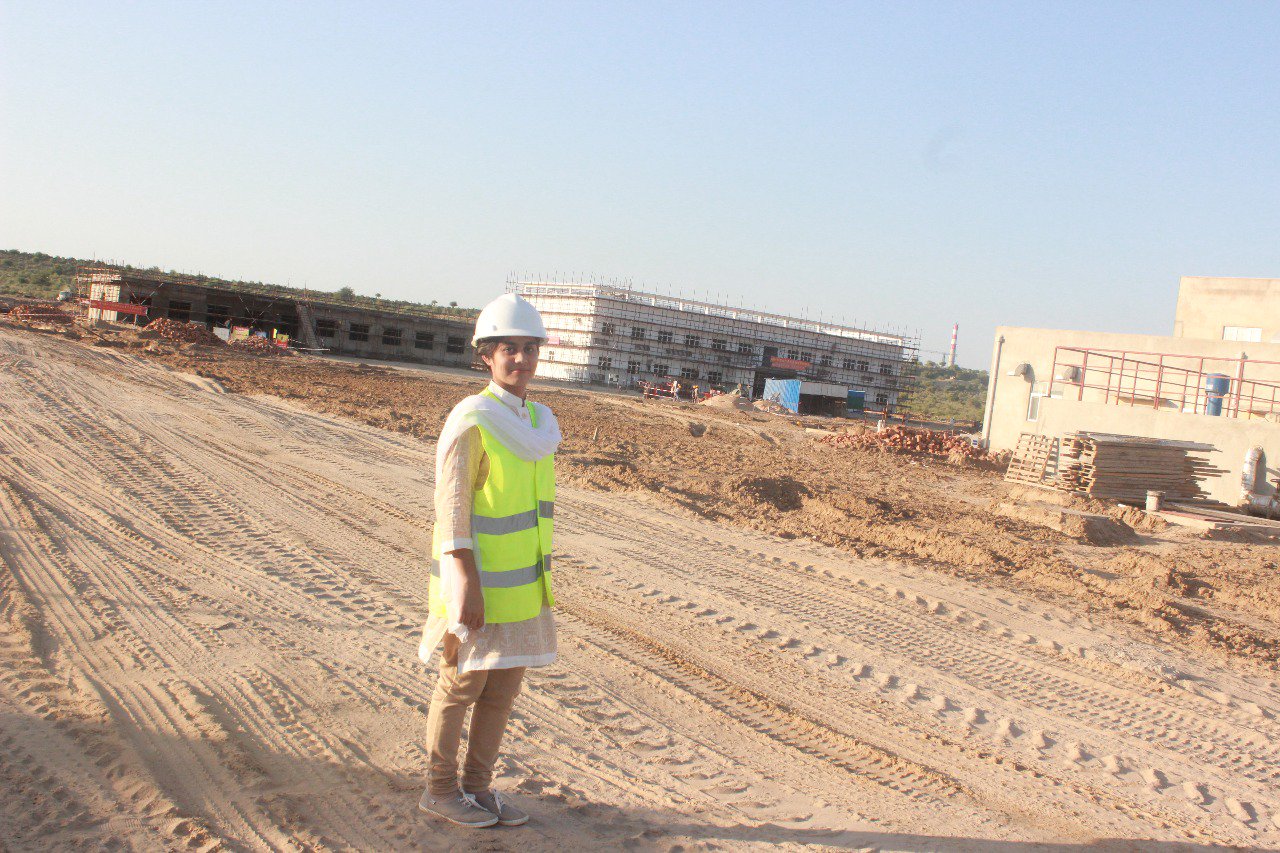
|
| Kiran Sadhwani, a Thari Hindu Woman Engineer. Source: Express Tribune |
Thar Population:
The region has a population of 1.6 million. Most of the residents are cattle herders. Majority of them are Hindus. The area is home to 7 million cows, goats, sheep and camel. It provides more than half of the milk, meat and leather requirement of the province. Many residents live in poverty. They are vulnerable to recurring droughts. About a quarter of them live where the coal mines are being developed, according to a report in The Wire.
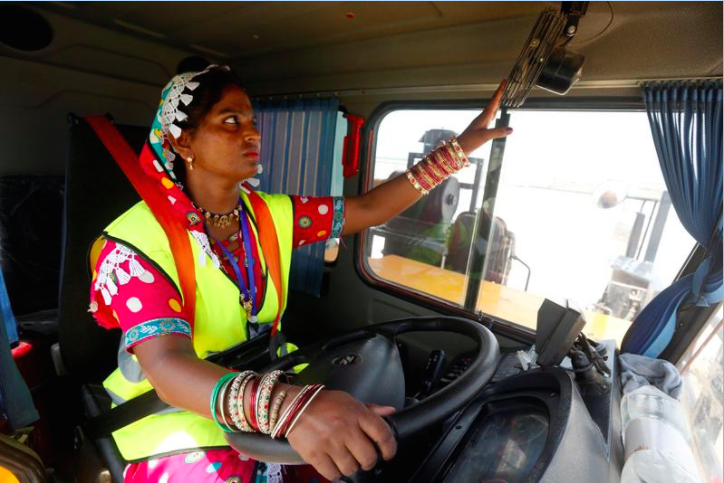
|
| Hindu Woman Truck Driver in Thar, Pakistan. Source: Reuters |
Some of them are now being employed in development projects. A recent report talked of an underground coal gasification pilot project near the town of Islamkot where "workers sourced from local communities rested their heads after long-hour shifts".
2012 Intergenerational Mobility Study:
A 2012 study of 22 nations conducted by Prof Miles Corak for the Organization for Economic Cooperation and Development (OECD) has found income heritability to be greater in the United States, the United Kingdom, Italy, China and 5 other countries than in Pakistan.
The study's findings, presented by the author in testimony to the US Senate Finance Committee on July 6, 2012, rely on the computation of "inter-generational earnings elasticity" which the author explains as follows:
"(It) is the percentage difference in earnings in the child’s generation associated with the percentage difference in the parental generation. For example, an intergenerational elasticity in earnings of 0.6 tells us that if one father makes 100% more than another then the son of the high income father will, as an adult, earn 60% more than the son of the relatively lower income father. An elasticity of 0.2 says this 100% difference between the fathers would only lead to a 20% difference between the sons. A lower elasticity means a society with more mobility."
Intergenerational Mobility in Pakistan:
Corak calculates that the intergenerational earnings elasticity in Pakistan is 0.46, the same as in Switzerland. It means that a difference of 100% between the incomes of a rich father and a poor father is reduced to 46% difference between their sons' incomes. Among the 22 countries studied, Peru, China and Brazil have the lowest economic mobility with inter-generational elasticity of 0.67, 0.60 and 0.58 respectively. The highest economic mobility is offered by Denmark (0.15), Norway (0.17) and Finland (0.18).
The author also looked at Gini coefficient of each country and found reasonably good correlation between Gini and intergenerational income elasticity.
In addition to Corak, there are other reports which confirm that Pakistan has continued to offer significant upward economic and social mobility to its citizens over the last two decades. Since 1990, Pakistan's middle class had expanded by 36.5% and India's by only 12.8%, according to an ADB report titled "Asia's Emerging Middle Class: Past, Present And Future".
More evidence of upward mobility is offered by Euromonitor market research indicating that Pakistanis are seeing rising disposable incomes. It says that there were 1.8 million Pakistani households (7.55% of all households) and 7.9 million Indian households (3.61% of all households) in 2009 with disposable incomes of $10,001 or more. This translates into 282% increase (vs 232% in India) from 1995-2009 in households with disposable incomes of $10,001 or more. Consumer spending in Pakistan has increased at a 26 percent average pace the past three years, compared with 7.7 percent for Asia, according to Bloomberg.
Summary:
The latest World Bank Study based on 2018 data shows that Pakistan continues to offer higher intergenerational economic mobility than most of the rest of the world. It reconfirms an earlier 2012 study of 22 nations by Miles Corak. More and more Pakistanis are sharing in their nation's development, according to World Economic Forum (WEF). Pakistan ranks 47 among 74 emerging economies ranked for inclusive development by WEF released recently at Davos, Switzerland. Inclusive development in the South Asian country has increased 7.56% over the last 5 years. World Economic Forum assesses inclusive development based on "living standards, environmental sustainability and protection of future generations from further indebtedness."
http://www.riazhaq.com/2019/11/upward-income-mobility-in-pakistan.html



















